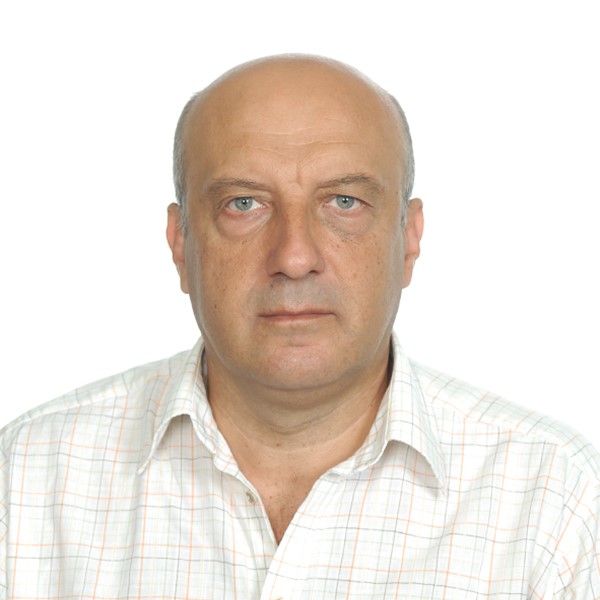Stress and Inflammation in Coronary Artery Disease
Submission Deadline: 31 Oct 2022
Guest Editors

Institute of Medical Physiology "Richard Burian", Faculty of Medicine, University of Belgrade, Belgrade, Serbia
Interests: Experimental cardiovascular models; Cardiovascular research; Homocysteine and related vitamins; Gasotransmitters and oxidative stress; Nutraceuticals and cardiovascular health; Endothelial dysfunction

Faculty of Medical Sciences, University of Kragujevac, Kragujevac, Serbia
Interests: Aging; Antioxidants; Cardiovascular protection; Cardiovascular research; Exercise; Diabetes; Hypertension; Hyperbaric physiology; Innovative therapy; Nutraceuticals and cardiovascular health; Oxidative stress and gasotransmitters; Rehabilitation
Special Issue Information
Dear Colleagues,
Coronary artery disease (CAD) remains one of the world’s major health problems, accounting for 12.7% of global mortality. In spite of the fact that Rudolf Virchow had recognized the inflammatory nature of atherosclerotic plaques in the nineteenth century, CAD traditionally was considered as a “lipid storage disease”. However, despite an intensive campaign against cholesterol, triglycerides and other classical risk factors, CAD remains the main cause of death worldwide, with an increasing prevalence in developing countries.
That shows that other less known risk factors might be also involved in atherosclerotic CAD progression, metabolic worsening, cardiac instability and increased sensitivity to myocardial ischemic injury such as stress (according to Hans Selye’s theory of stress there are mental, somatic and environmental; acute and chronic stress) with neuro-endocrinological responses (neuro-cardiac axis, sympatho-adrenal system, renin-angiotensin-aldosterone system, hypothalamic and limbic networks, ACTH and glucocorticoids, sleep disruption, circadian clock disregulation etc.) and immunological responses (inflammatory cytokines, increased activity of haemopoietic progenitor cells in the bone marrow) as well.
In addition other factors that induce oxidative stress, inflammation, diet-induced “protein intoxication” (ie. hyperhomocysteinemia) etc. might also induce disturbance of cardiovascular homeostasis including cardiac dysfunction, endocardial and endothelial damage, through impaired nitric oxide (NO) production and loss of vasodilatory and antithrombotic properties of the coronary endothelium, and increase production of reactive oxygen species (and other free radicals), disturbances in vascular smooth muscle cell growth, proliferation, migration, angiogenesis, apoptosis, vascular tone, coagulation or fibrinolysis, and cardiovascular remodeling. The key pathophysiologic process in atherosclerosis is chronic inflammation, which participate in all atherogenesis steps: from foam cell accumulation to fatty streak organization and fibrous plaque formation, until acute plaque fissuring, rupture, and thrombosis.
These main roles of inflammation and the immune system were recognized in plaque formation and destabilization. A higher CRP level seems to correlate with a different stages of CAD, and similar results were obtained with other inflammatory markers, pro-inflammatory and anti-inflammatory cytokines. In addition low-grade chronic inflammation correlates with higher incidence of several non-cardiac diseases, including chronic depression that is considered now as a risk factor for poor prognosis among patients with myocardial infarction.
In this Special Issue, we invite original research as well as review articles discussing the role of stress and inflammation in coronary artery disease, to further clarify less investigated factors for poor prognosis among these patients.
Prof. Dr. Dragan M. Djuric and Prof. Dr. Vladimir Jakovljevic
Guest Editors
Keywords
- Atherosclerosis
- Coronary artery disease
- Endothelium
- Free radicals
- Heart
- Inflammation
- Stress
Published Papers (5)
Role of the Stress- and Inflammation-Induced Cytokine GDF-15 in Cardiovascular Diseases: From Basic Research to Clinical Relevance
Rev. Cardiovasc. Med. 2023, 24(3), 81; https://doi.org/10.31083/j.rcm2403081
(This article belongs to the Special Issue Stress and Inflammation in Coronary Artery Disease)
Anti-Inflammatory Therapy in Coronary Artery Disease: Where Do We Stand?
Rev. Cardiovasc. Med. 2023, 24(1), 10; https://doi.org/10.31083/j.rcm2401010
(This article belongs to the Special Issue Stress and Inflammation in Coronary Artery Disease)
Comprehensive Analysis of Differentially Expressed lncRNAs in the Perivascular Adipose Tissue of Patients with Coronary Heart Disease
Rev. Cardiovasc. Med. 2022, 23(10), 341; https://doi.org/10.31083/j.rcm2310341
(This article belongs to the Special Issue Stress and Inflammation in Coronary Artery Disease)
A prospective, randomized, double-blind, placebo-controlled trial of polyphenols on the outcomes of inflammatory factors and oxidative stress in patients with type 2 diabetes mellitus
Rev. Cardiovasc. Med. 2022, 23(2), 57; https://doi.org/10.31083/j.rcm2302057
(This article belongs to the Special Issue Stress and Inflammation in Coronary Artery Disease)
Effect of stress management training in cardiac rehabilitation among coronary artery disease: a systematic review and meta-analysis
Rev. Cardiovasc. Med. 2021, 22(4), 1491–1501; https://doi.org/10.31083/j.rcm2204153
(This article belongs to the Special Issue Stress and Inflammation in Coronary Artery Disease)
